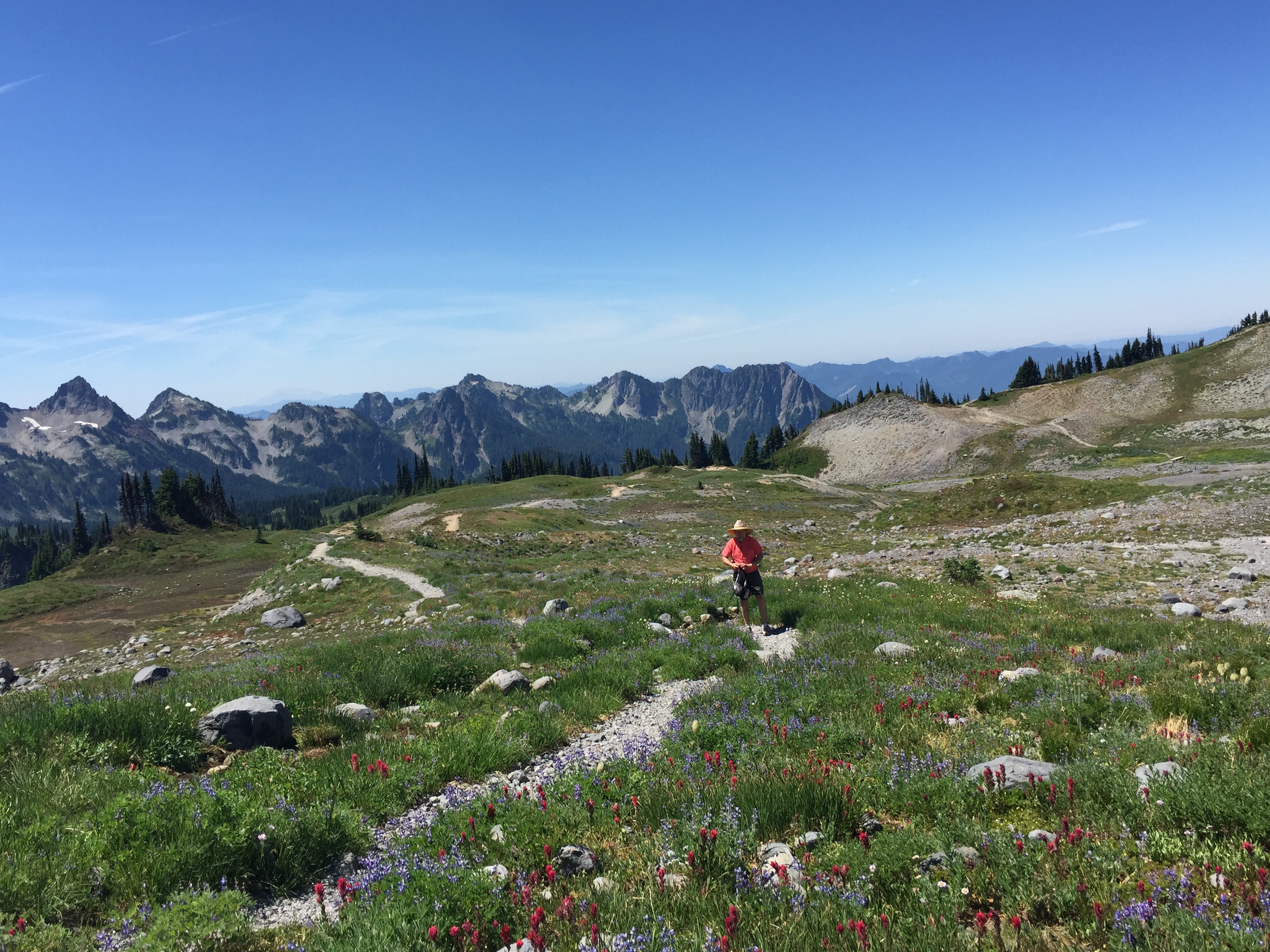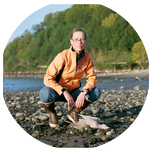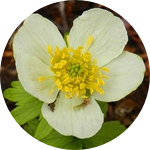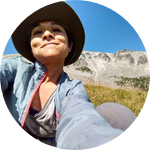About This Project
Climate cues the seasonal timing of key biological events (i.e. phenology), like flowering and seed production of high mountain wildflowers. But which climate variables matter most—snow or temperature? Does this differ by species? MeadoWatch is a citizen science program we launched in 2013 to address these questions. Volunteers collect reproductive phenology data for 16 wildflower species at Mt. Rainier National Park. We seek your support for the 2018 season.
Ask the Scientists
Join The DiscussionWhat is the context of this research?
Scientists have found that warmer temperatures lead to an earlier spring, with bird migration, insect emergence, and flowering shifting earlier. The study of the timing of these important biological events is called phenology, and ecologists have documented widespread phenological shifts in response to recent warming (Fig.2 - Parmesan 2007). However, we lack an understanding of which climatic factors drive phenology (e.g. spring temperature vs snow duration), whether co-occurring species respond to the same climatic factors, and whether different phenological events respond similarly for the same species (e.g. flowers, seeds). We designed MeadoWatch to address these gaps by exploring the link between climate and wildflower phenology at Mt. Rainier National Park.
What is the significance of this project?
Understanding the link between climate and wildflower phenology is valuable for several reasons. Identifying the climatic triggers of wildflower phenology for different species allows us to predict climate change impacts on the peak wildflower season (both timing and composition). This can help resource managers in Mt. Rainier National Park anticipate how climate change will influence wildflowers and alter visitation patterns. Additionally, assessing how both flowering and seed / fruit production are triggered by climate may shed light on how climate change will influence the availability of wildflowers, fruits and seeds - critical to the animals that rely on these as food sources (e.g. pollinators, bears).
What are the goals of the project?
MeadoWatch is a citizen science program which provides insight into the link between climate and wildflower phenology at Mt. Rainier National Park. The program started in 2013, has been running annually since then, and we need your support to collect more data in 2018! Volunteers make phenology observations all summer long, at 27 locations along two trails within Mt. Rainier National Park. At each location, volunteers note the presence or absence of four phenological stages (buds, flowers, fruits, seeds) of 16 wildflower species. Climate sensors at or near each location allow us to monitor local climate (snow disappearance, growing season warmth). Climate varies by location and from year to year, thus, this data allows us to link climate to wildflower phenology.
Budget
We seek funding for two parts of the 2018 MeadoWatch summer field season.
We will hire a MeadoWatch intern, who is critical for data quality and volunteer engagement. The funds will go towards paying intern salary for 12-14 weeks (July-Sept). The intern will retrieve data from microclimate sensors and place trail markers in early summer, and maintain the trail throughout summer. The intern will also interact with volunteers via email, blog posts, and social media. We also need funds to support travel, food-14 and lodging for the intern while traveling to Mt. Rainier National Park 3 days a week. We are excited that half the interns' salary costs have already been raised via an anonymous donation to Washington's National Park Fund!
We will also provide critical Data Collection Resources to our volunteers, including informational pamphlets describing plot locations and methods, and datasheets. Costs are for Rite-in-the-Rain paper and printing.
Endorsed by
 Project Timeline
Project Timeline
We propose to use funds to support the 2018 season of MeadoWatch. This includes updating and development of materials for volunteers, hiring and training the MeadoWatch intern, volunteer recruitment and orientation, data collection (facilitated by the MeadoWatch intern), data entry and analysis, and a report back (to volunteers) of 2018 results.
Mar 02, 2018
Project Launched
Apr 01, 2018
Update MeadoWatch Materials
May 31, 2018
Hire and Train the MeadoWatch Intern
Jun 15, 2018
Volunteer Recruitment and Orientation
Sep 30, 2018
Volunteer Data Collection (facilitated by the MeadoWatch intern)
Meet the Team
Affiliates
Janneke HilleRisLambers
As a native of a country without much topography (the Netherlands), I love my adopted mountainous home in the state of Washington. It's a great place to study a topic that has long fascinated me: the climatic drivers of where species are and when they are active (phenology!), and the complex interactions between species that further modify these patterns. I am privileged to be a Professor at University of Washington, which means that I get to spend time researching these topics and teaching students about them. In summer, I (and my students) spend time 'on the mountain' (Mt. Rainier National Park) collecting data while enjoying spectacular wildflowers and magnificent trees in beautiful landscapes.
My motivations for establishing MeadoWatch in 2013 were twofold. First, I wanted to better understand how changing climates will influence the reproductive timing (from flowering to seedset) of montane wildflowers. Second, I wanted to participate in a endeavor where science and data gathering are part of a collective effort (i.e. a citizen science program).
Meera Lee Sethi
I'm someone who fell in love with science and the natural world relatively late in life, which is one reason I'm convinced that researchers should share the wonder and excitement of their work with non-scientists—you never know how big an impact you'll make on someone's path! As a Ph.D. candidate in the Hille Ris Lambers lab, I study the impact of climate change on interactions between plants, insect herbivores, and pollinators in montane meadows. I've been working with MeadoWatch since 2015 and I love our volunteers because they are so passionate about learning about and conserving this very special habitat.
Additional Information
If you live in the area and are interested in volunteering for MeadoWatch, please sign up for our mailing list! We usually announce orientations sometime around the end of March/beginning of April, and they take place in June. If you're on our mailing list, you will get an email as soon as the dates and times are set—then you can register!
MeadoWatch was established in 2013 with funding from the National Science Foundation (NSF). Additional funding from National Aeronautics and Space Administration (NASA) in 2014 allowed us to maintain and expand the program. The program has grown from 40 volunteers who monitored wildflower phenology at 9 locations along 1 trail in 2013, to 150+ volunteers who monitored wildflower phenology at 28 locations along 2 trails in 2017. Results thus far demonstrate that our citizen science approach yields accurate phenology data while simultaneously providing volunteers with the opportunity to participate in a scientific endeavor.
Below is a picture of a MeadoWatch Volunteer monitoring wildflower phenology in summer of 2015.

Project Backers
- 116Backers
- 102%Funded
- $14,321Total Donations
- $81.05Average Donation



